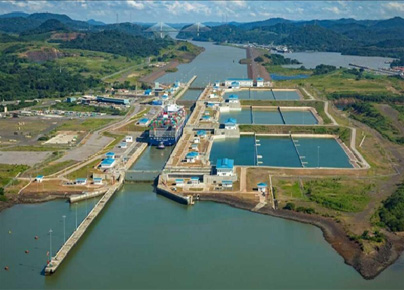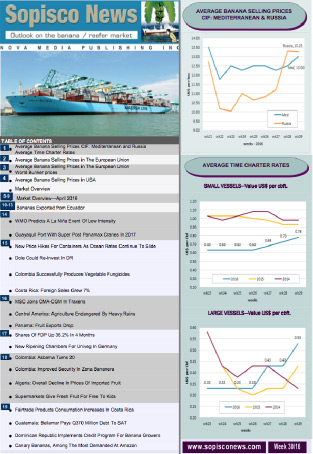Panama Canal Warns about the Gradual Reduction of Transits
2023-12-15

The Panama Canal Authority (ACP) reviewed all available options to minimise the impact on its operations following a drop in water levels in the waterway's reservoirs. There was no single solution, so the ACP summarised the measures to address this challenge.
In a statement, the ACP also unveiled long-term solutions and answers to frequently asked questions from customers and strategic partners.
Among the measures are operational and water-saving strategies, including adjusting the maximum draft and daily transit capacity.
Due to the lack of rainfall in the Panama Canal basin, it was necessary to reduce the number of daily transits while managing the available water to keep Gatun Lake at a level that would allow it to continue having the volume of water required to be able to operate the locks. Regarding water scarcity at the Panamax Locks, the Canal reuses water from one lock chamber to the other and has incorporated it as part of its daily operations.
Other measures include tandem locks, in which two ships transit simultaneously, occupying a chamber, as long as the size of the ships allows it.
In addition, the schedule of transits has been optimised to maximise water savings in each chamber and accommodate more vessels.
In the Neopanamax locks, the direction and schedule of transits are analysed to make the most of every drop of this resource.
Similarly, the ACP reported that despite all the measures adopted, the level of Gatun Lake has continued to drop to unprecedented levels for this time of year.
The analysis said October's rainfall was the lowest recorded since 1950, 41% below forecast.









